INTRODUCTION
From the beginning of the nineteenth century, the pressures of industrialization and globalization, new nationalist movements, and in general, the struggles between the cultures and economies of East and West, all contributed to what your textbook calls "Empires in Collision." This collision erupted in the first World War of 1914-1918.
The Ottoman Empire especially was caught between East and West. World War I ended with the dissolution of the Ottoman Empire, and its territories divided into new nations, as well as several nations in the Middle East being put under the "protection" of European powers. .
This was also a period of the expansion of Russia..
Germany emerged from this war with extreme economic difficulties. This recession opened the door for a radical movement called Nazism, led by Adolf Hitler, who promised to bring Germany back to its former glory.
Hitler's counterpart in Italy, Benito Mussolini, led Italy down a similar path. Eventually Hitler's agenda led to World War II (1939-1945).
. . .
STEP 1: Reading
Read Chapters 19-20 in the textbook (Ways of the World).
. . .
. . .
. .
STEP 2: Opium Wars
Referring to page 547-548 in the textbook, and this map and drawing, think about these discussion questions:
- How was India the connecting port between Britain and China?
- What do you think of the opium trade?
- What happened in relation to Hong Kong at the end of the Opium Wars?
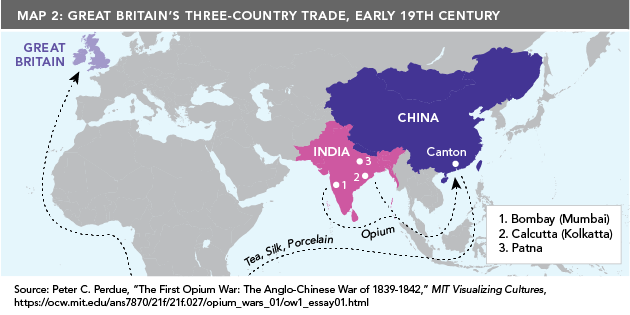 .
.
 A “stacking room” in an opium factory in Patna, India. On the shelves are balls of opium that were part of Britain’s trade with China.
A “stacking room” in an opium factory in Patna, India. On the shelves are balls of opium that were part of Britain’s trade with China.
. . .
. . .
STEP 3: Ottoman Empire: "The Sick Man of Europe"
Examine these maps that show the rise and fall of the Ottoman Empire.
(See also pages 551-557 in the textbook.)
.
.
. . .
. . .
. . .
STEP 4: Rise of a Japanese Empire
Be sure to read pages 557-564 in the textbook.
Also look through this article (especially pages 35 and 38): "Once and Future Warriors: The Samurai in Japanese History" by Karl Friday:
Think about these discussion questions:
- How did the Shoguns unite as a "union"?
- How long did they keep in power?
- How was the Meiji Restoration of 1868 the end of the shogunate?
- Who are the Samurai?
. . .
FOR YOUR INFORMATION (Optional)
"The Age of the Samurai: 1185-1865" (2020)
http://afe.easia.columbia.edu/special/japan_1000ce_samurai.htm
. . .
Photo of Samurai (from https://www.warhistoryonline.com/medieval/17-pieces-samurai-military-equipment.html
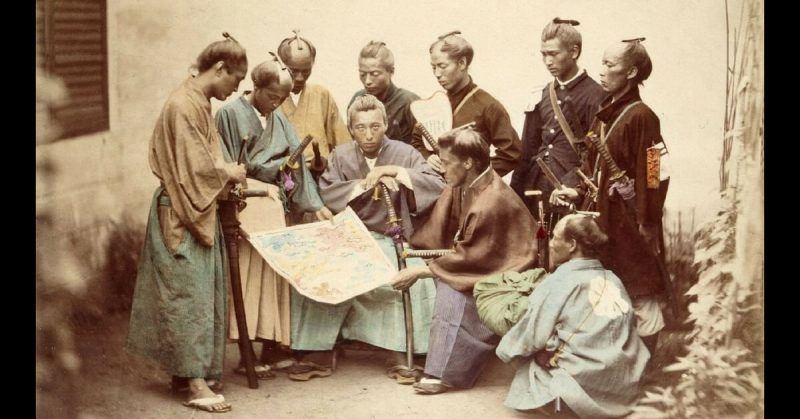
Samurai of the Satsuma clan, during the Boshin War period, circa 1867. Hand-colored Photograph by Felice Beato.
.
. .
STEP 5: World War I and II
Look through this Powerpoint slide presentation about World War II: Week 4 Slides. WWI and II.pptx
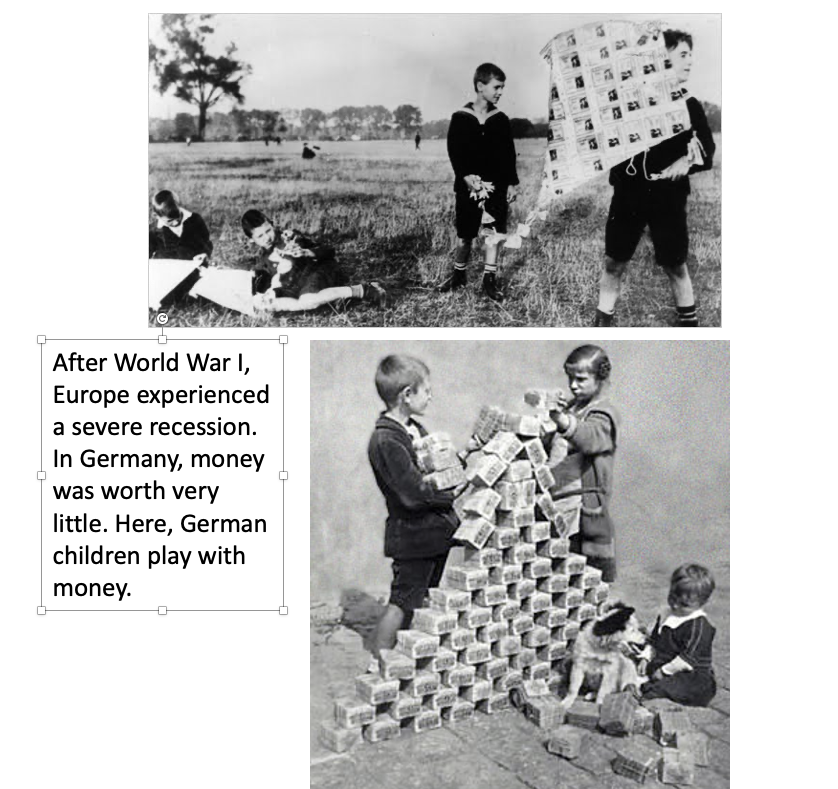

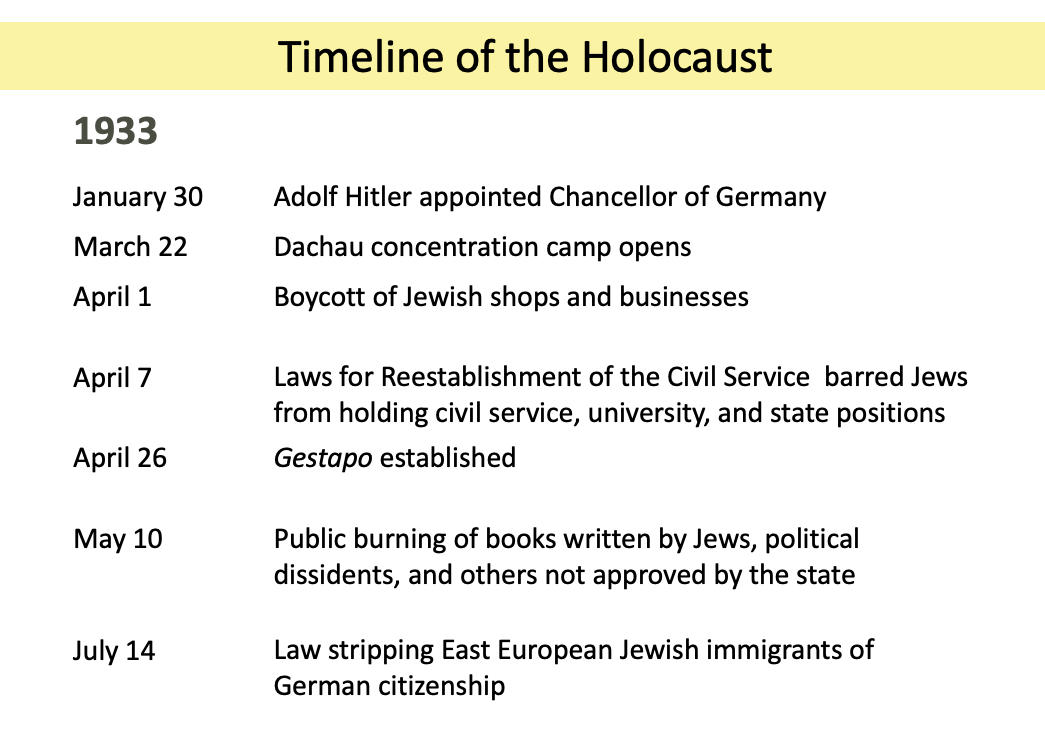



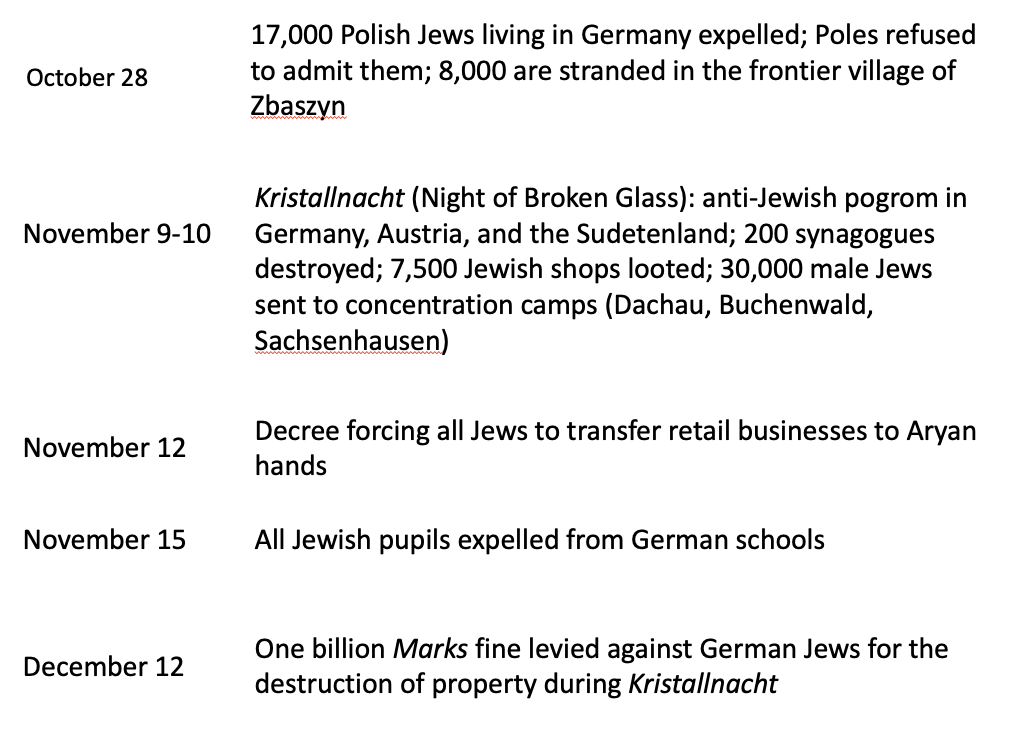


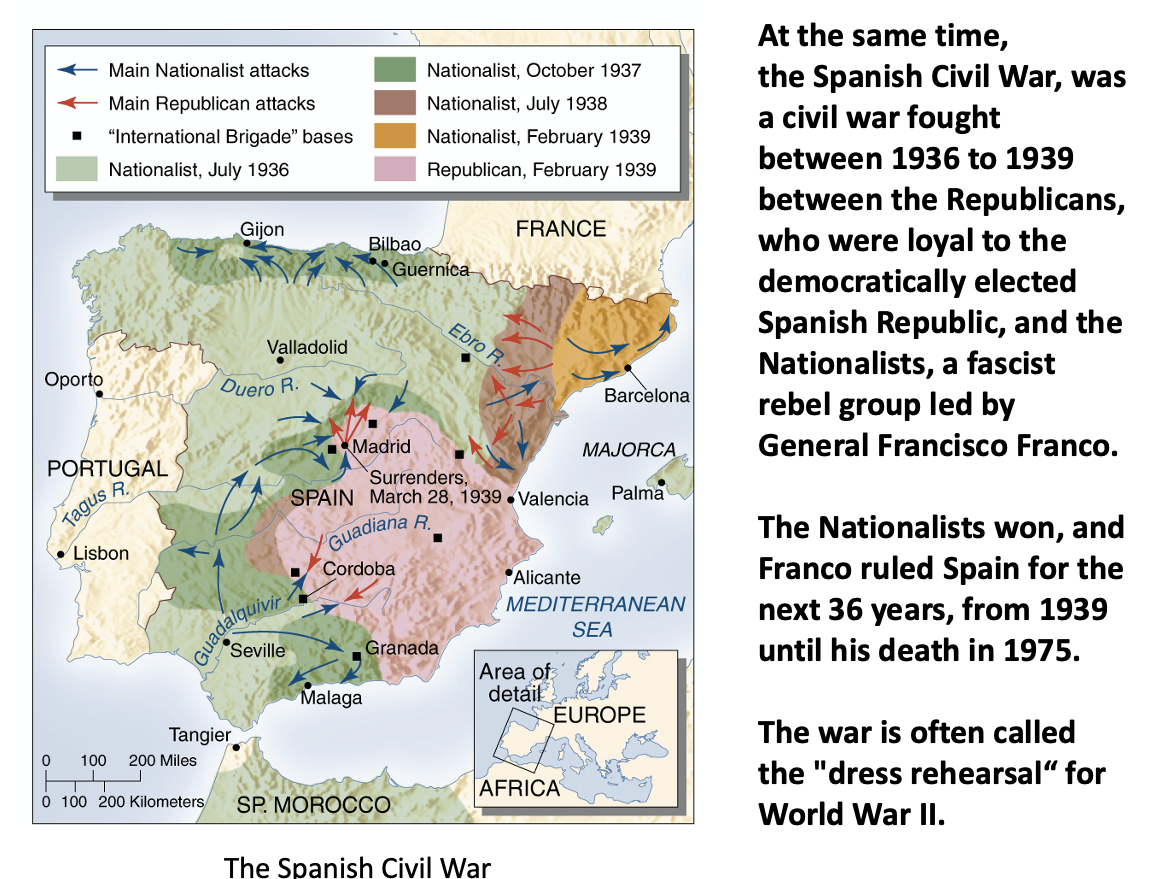


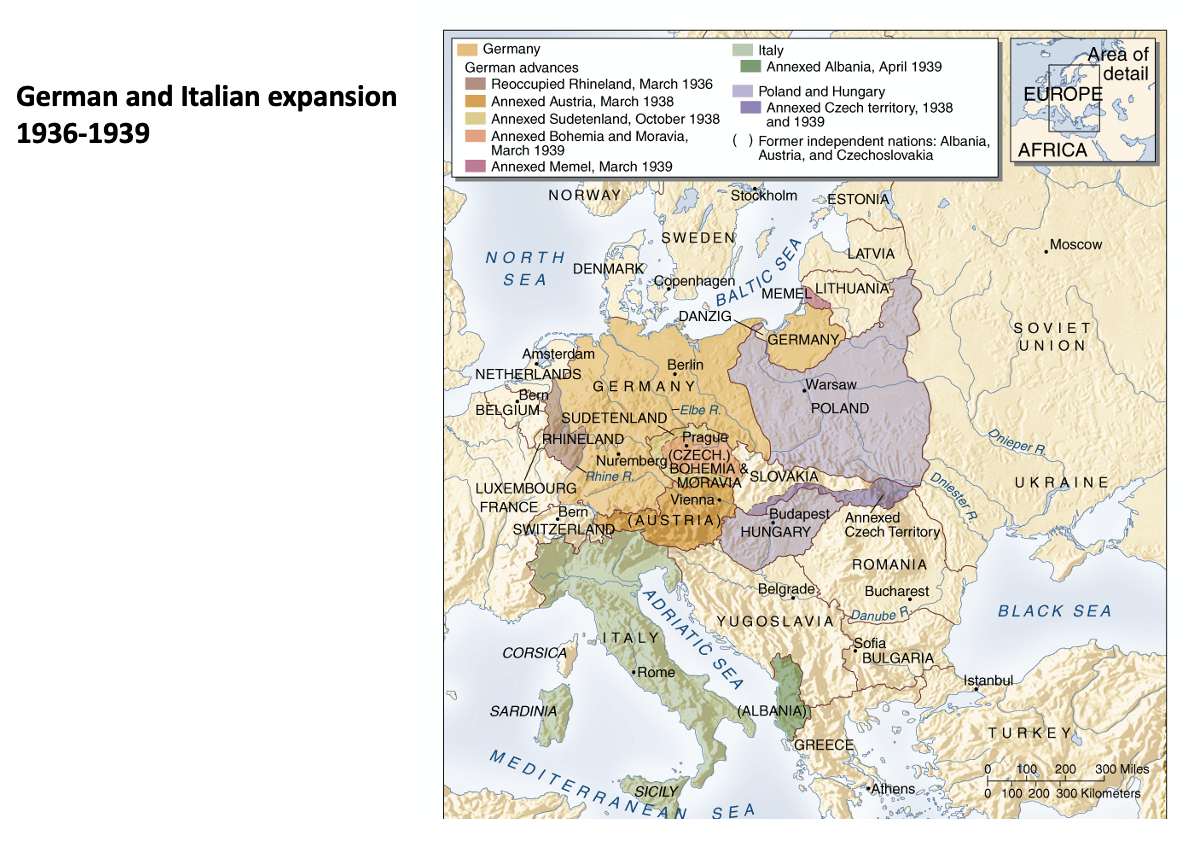
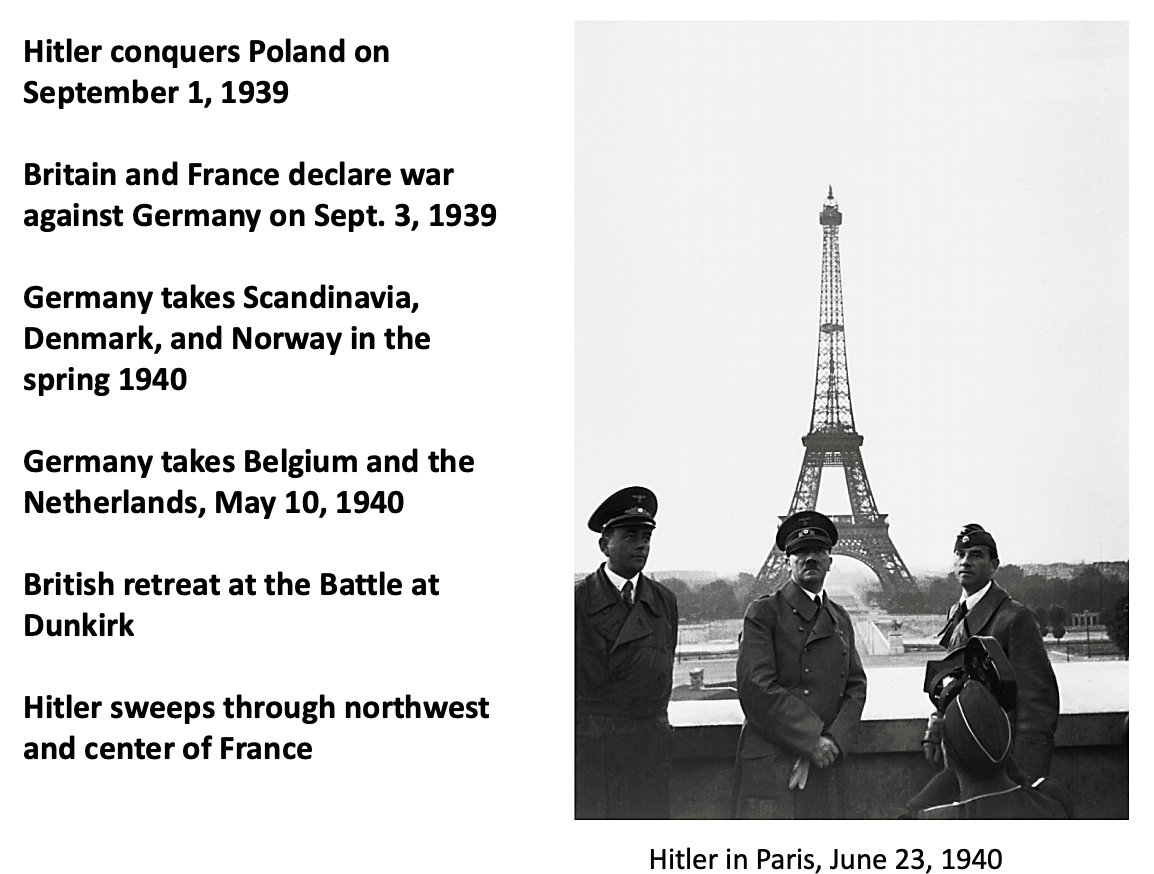


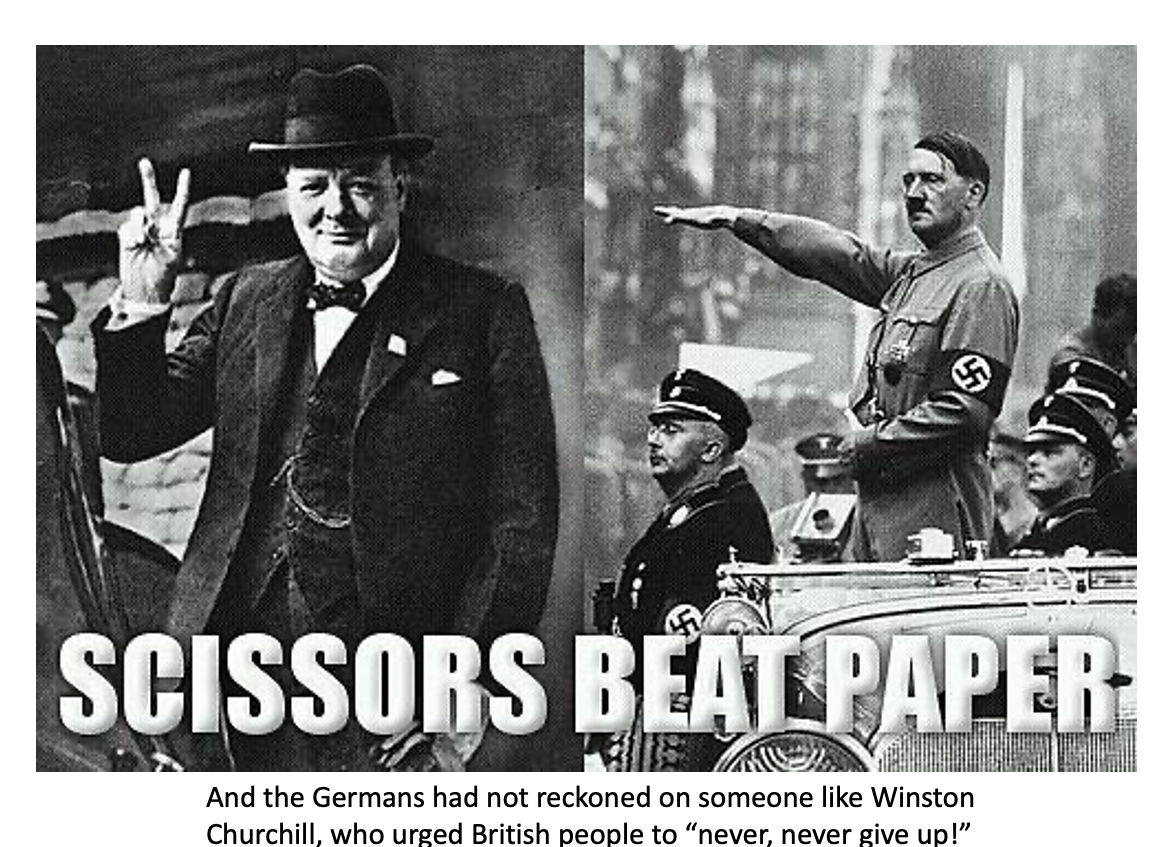
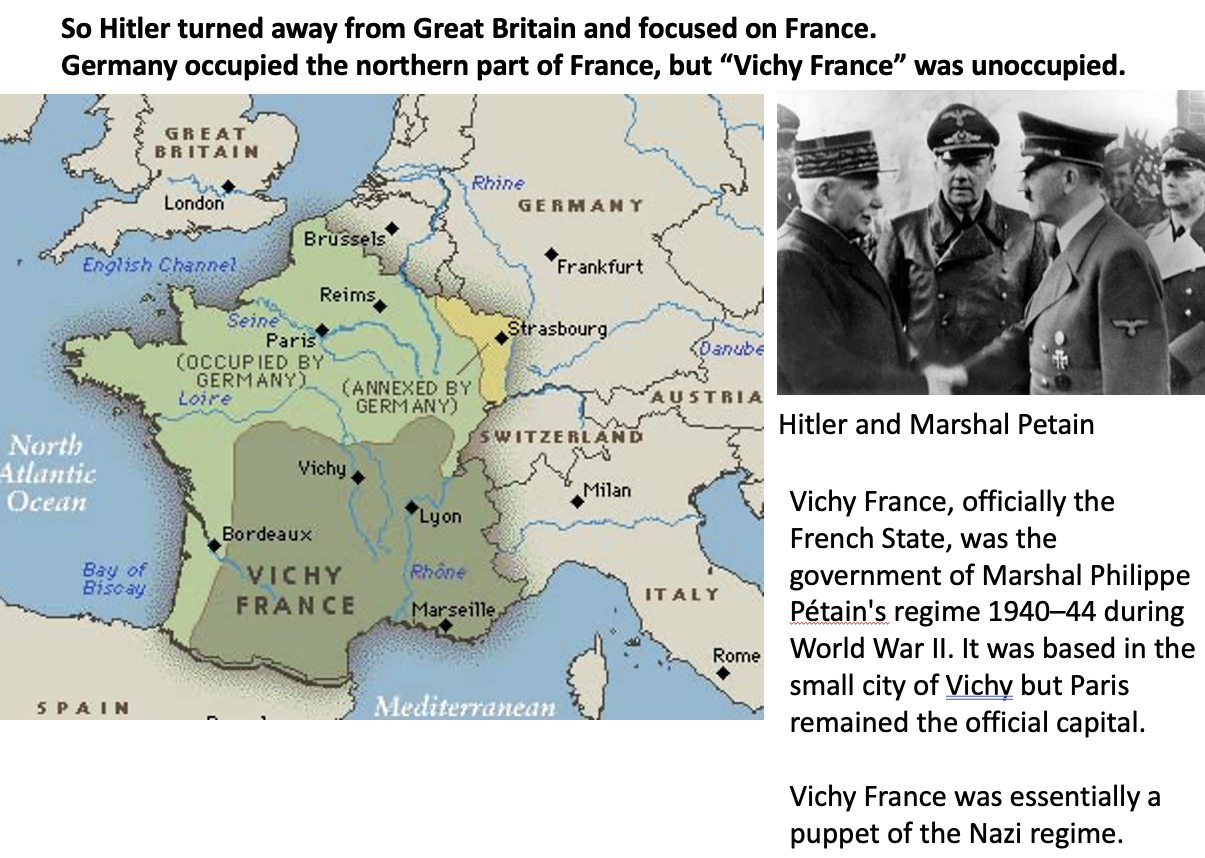
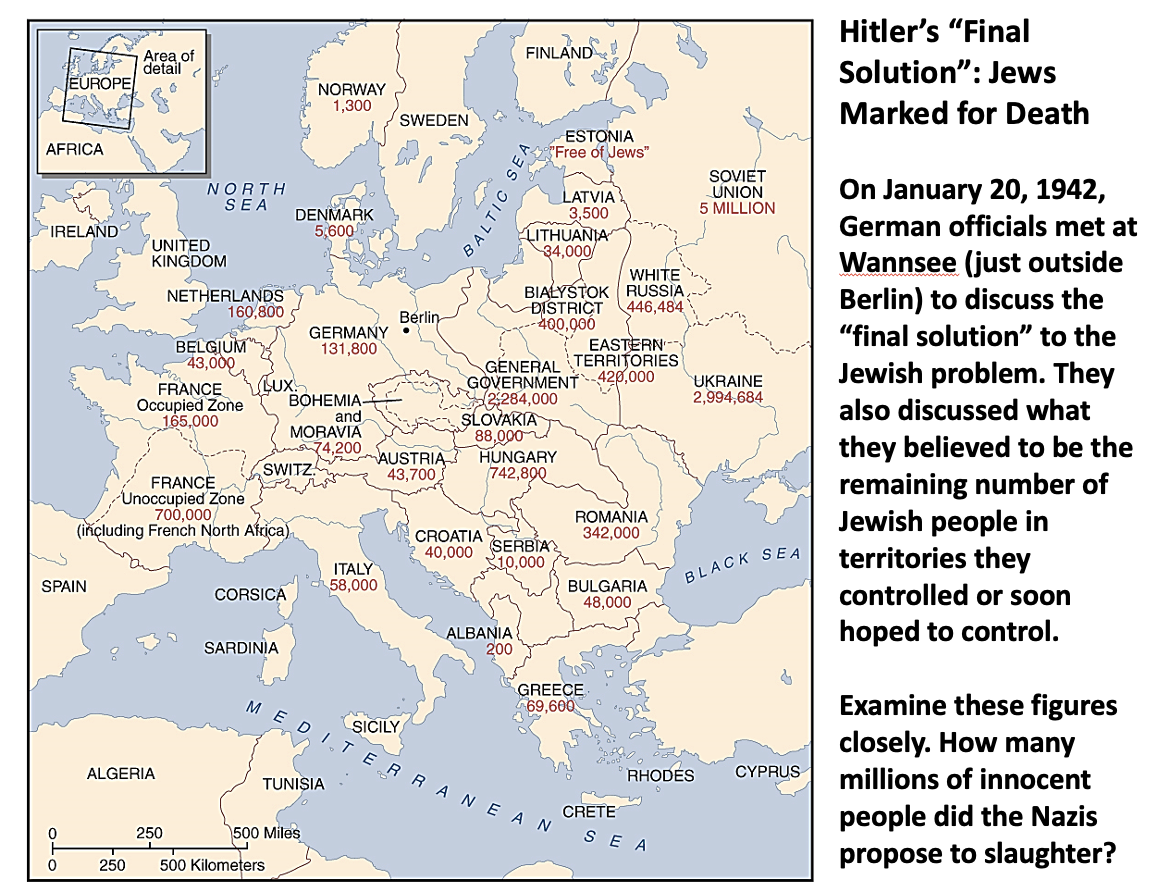
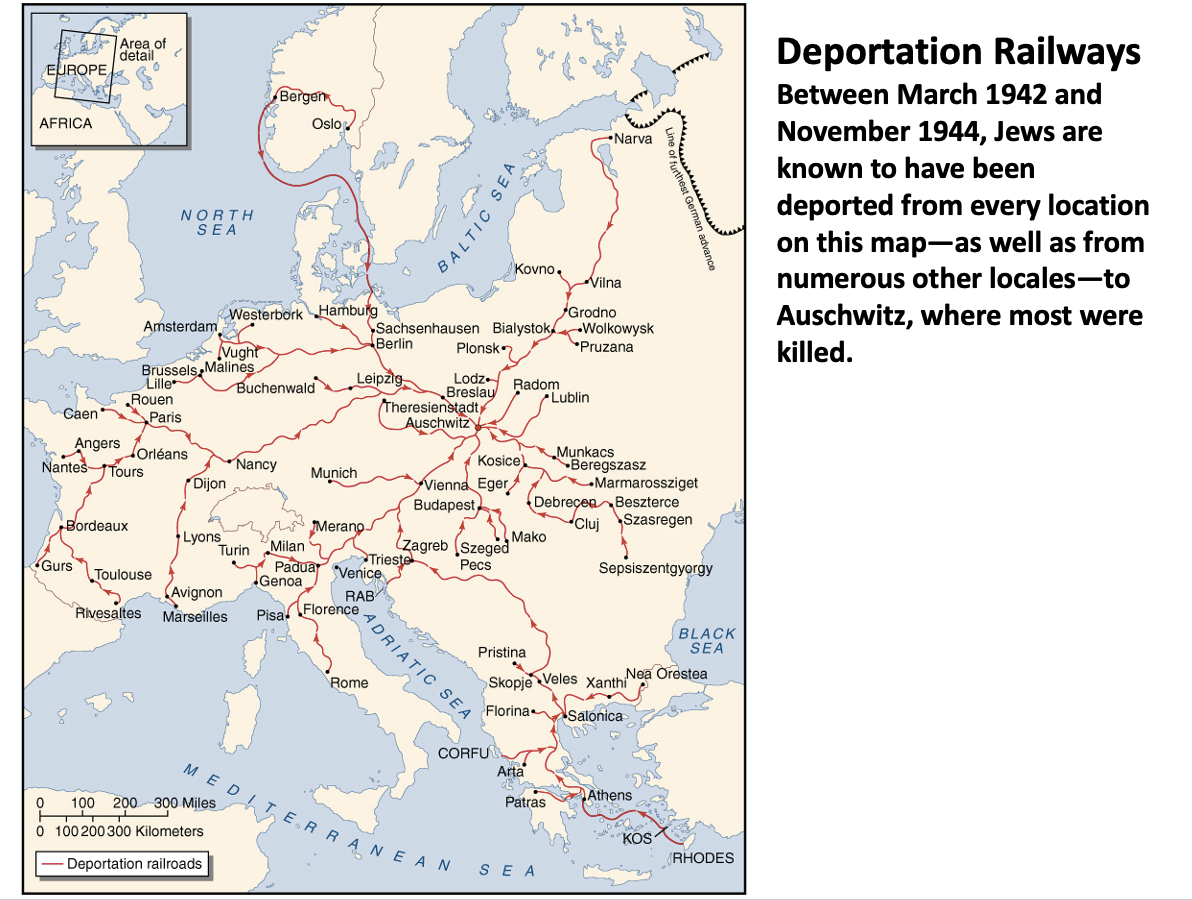
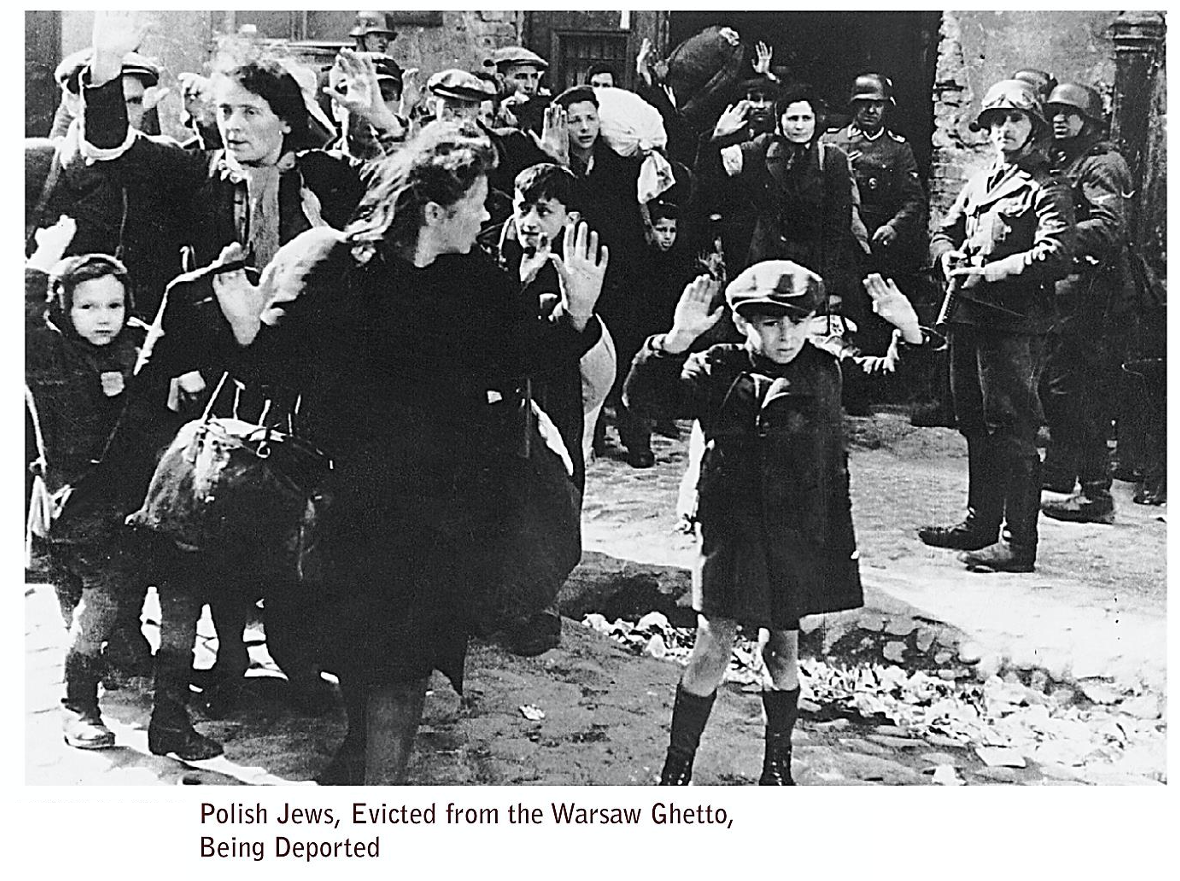
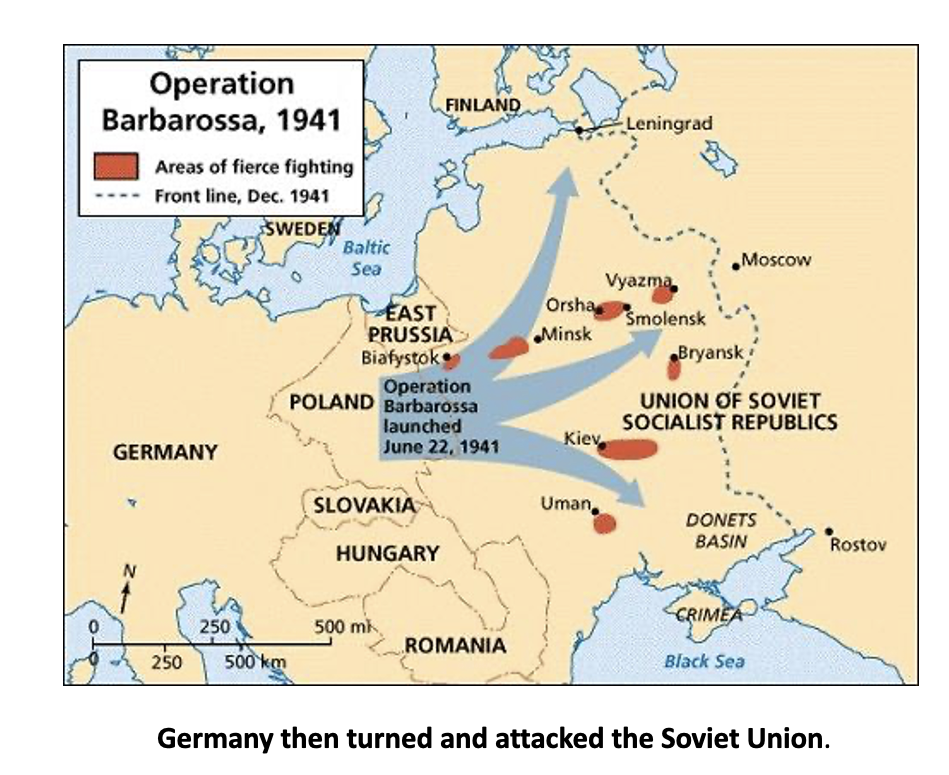
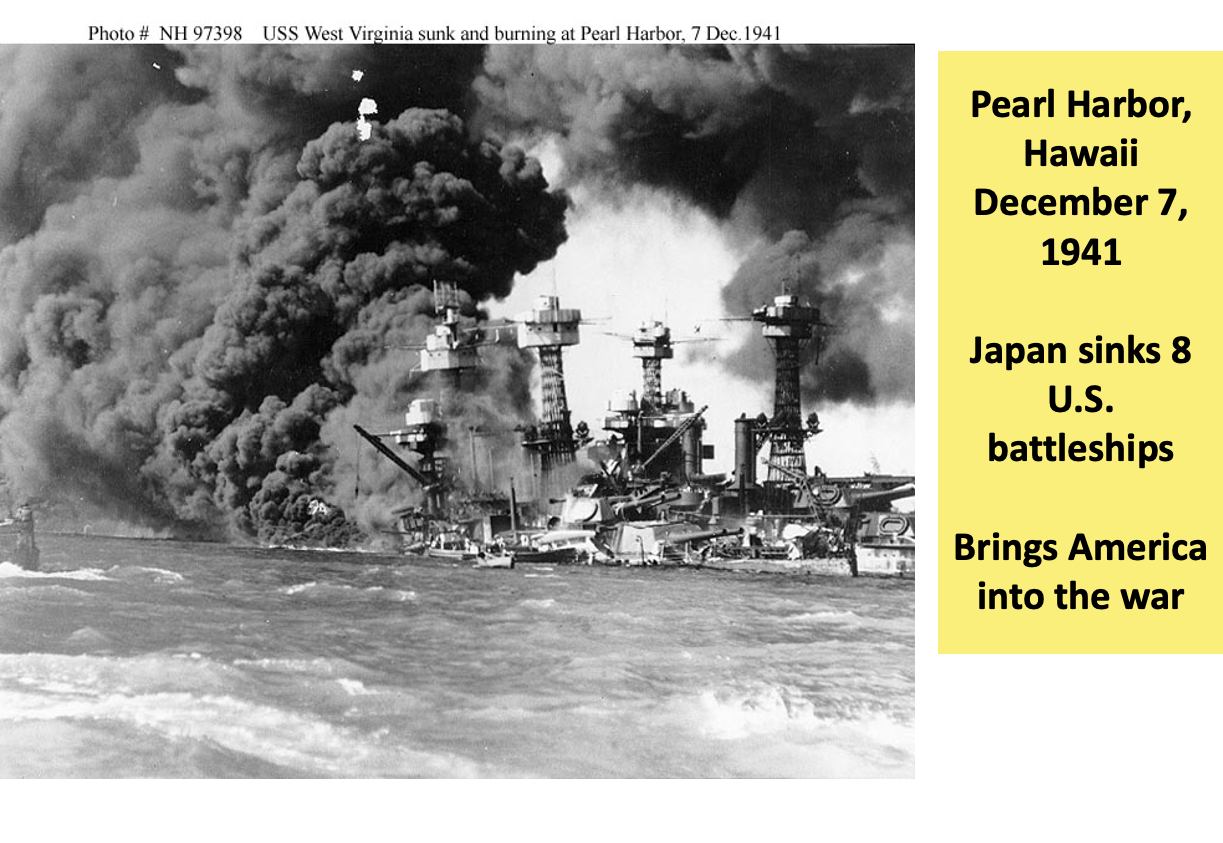
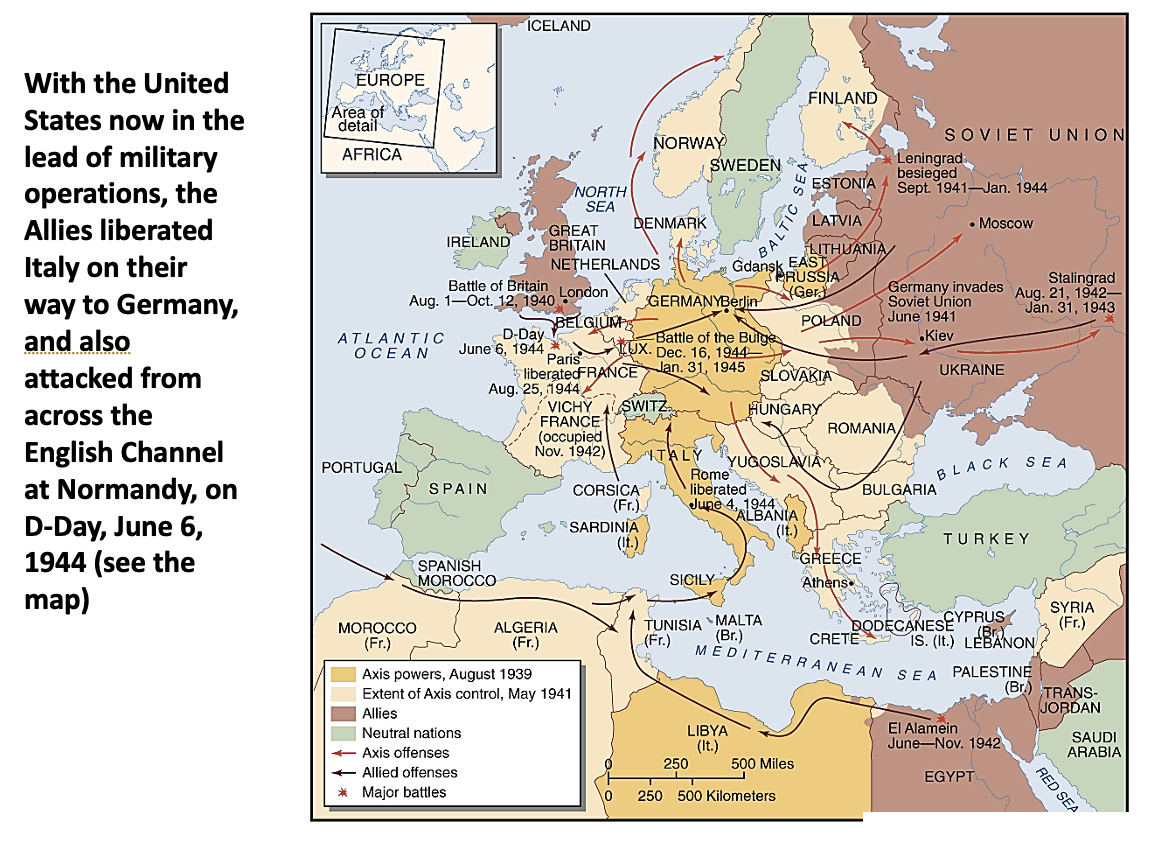
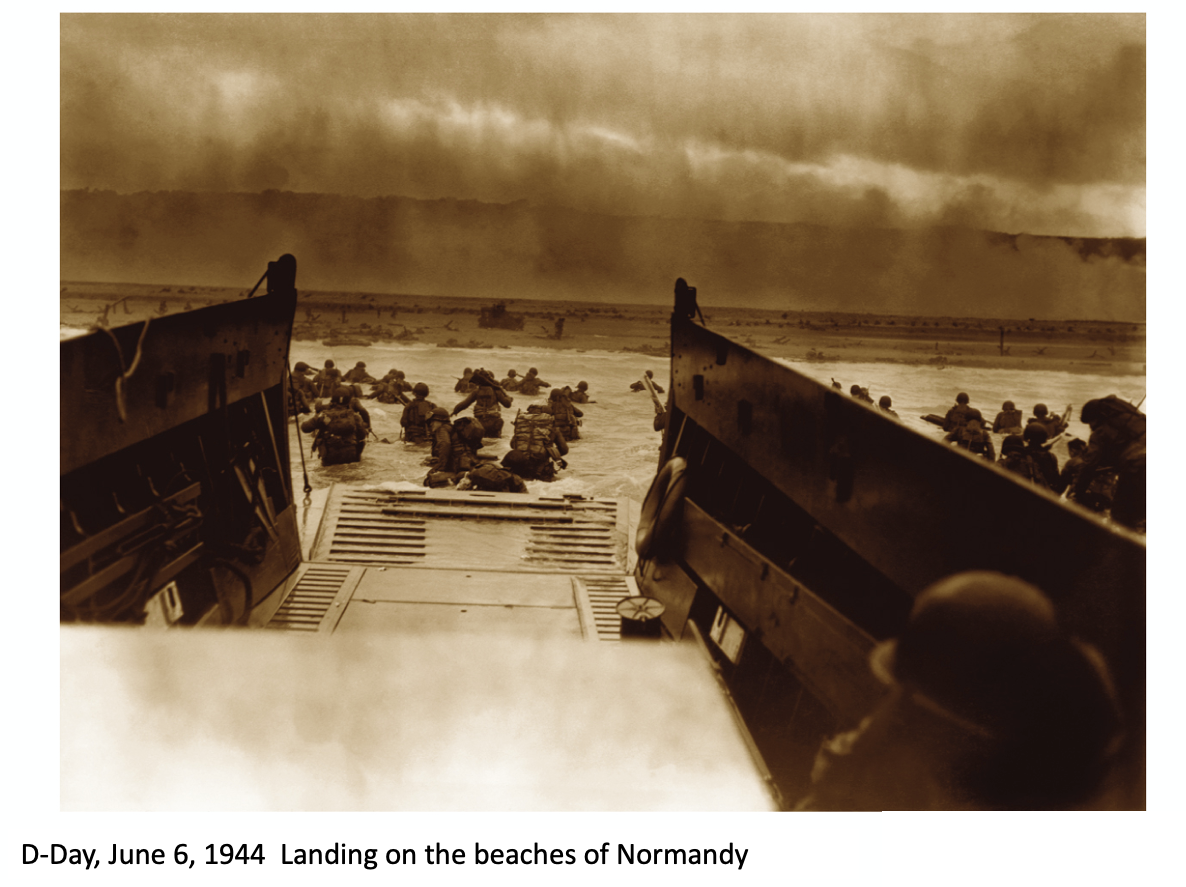
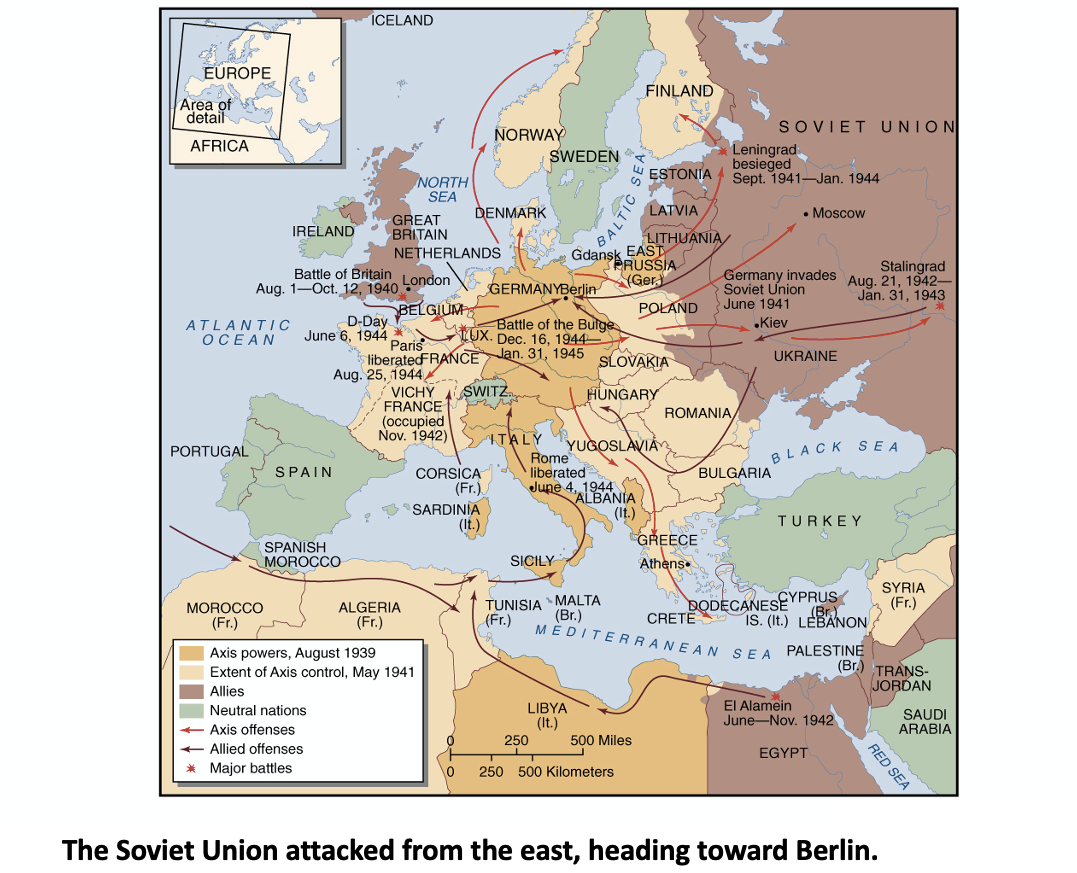

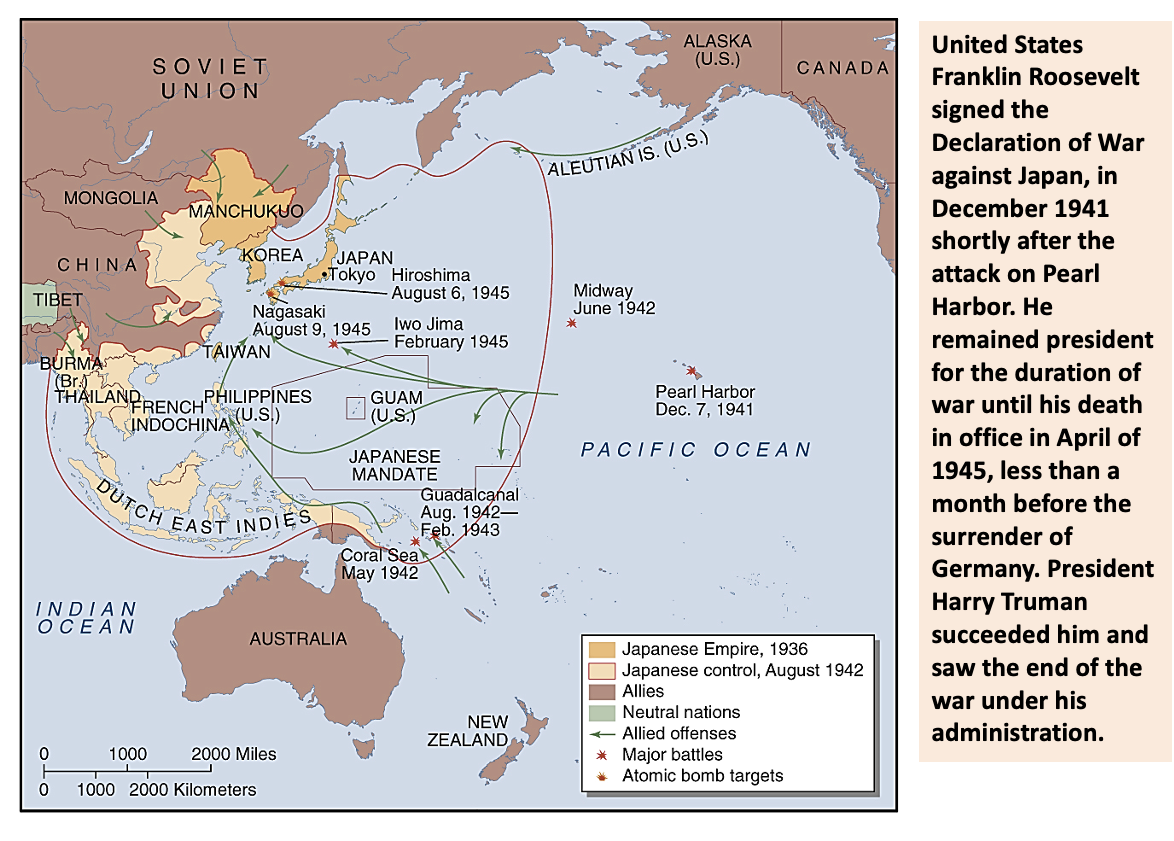

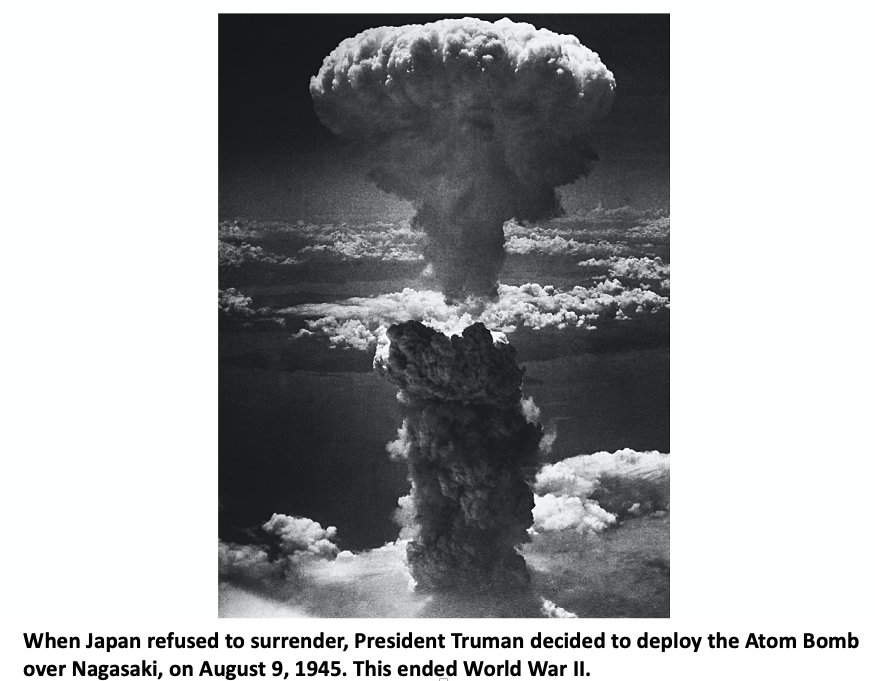
STEP 6: Classroom Discussion
SUGGESTED DISCUSSION QUESTIONS
(1) Referring to the textbook (pages 545-551) and the map and images in Step 2:
Who led the Taiping Uprising in China and what was the end result?
How did things change in China in relation to global power? Consider these questions:
- How was India the connecting port between Britain and China?
- What do you think of the opium trade?
- What happened in relation to Hong Kong at the end of the Opium Wars?
. . .
(2) Who fought the 'Opium wars'? What led to it? What was the outcome? What is the status of Hong Kong after the opium wars, and today?
You could refer to this short Khan Academy video: https://www.youtube.com/watch?v=VlZpo580bA8
or this article: https://www.history.com/this-day-in-history/hong-kong-ceded-to-the-british
. . .
(3) Why was the Ottoman Empire called "The Sick Man of Europe"?
Do some research about Kamal Ataturk. How did he change the Islamic state of the Ottoman Empire into a secular government of Turkey after World War I?
MY BOOK RECOMMENDATION: The book "Midnight at the Pera Palace: The Birth of Modern Istanbul" is a terrific book about how Istanbul became a modern city under Ataturk:
Here is a lecture about this book: https://www.youtube.com/watch?v=keOPO3f83cI
Here is a review of this book from Amazon:
"Hugely enjoyable, magnificently researched, and deeply absorbing." ―Jason Goodwin, New York Times Book Review
At midnight, December 31, 1925, citizens of the newly proclaimed Turkish Republic celebrated the New Year. For the first time ever, they had agreed to use a nationally unified calendar and clock.
Yet in Istanbul―an ancient crossroads and Turkey's largest city―people were looking toward an uncertain future. Never purely Turkish, Istanbul was home to generations of Greeks, Armenians, and Jews, as well as Muslims. It welcomed White Russian nobles ousted by the Russian Revolution, Bolshevik assassins on the trail of the exiled Leon Trotsky, German professors, British diplomats, and American entrepreneurs―a multicultural panoply of performers and poets, do-gooders and ne’er-do-wells. During the Second World War, thousands of Jews fleeing occupied Europe found passage through Istanbul, some with the help of the future Pope John XXIII. At the Pera Palace, Istanbul's most luxurious hotel, so many spies mingled in the lobby that the manager posted a sign asking them to relinquish their seats to paying guests.
In beguiling prose and rich character portraits, Charles King brings to life a remarkable era when a storied city stumbled into the modern world and reshaped the meaning of cosmopolitanism.
32 photographs
. . .
You could also discuss what is happening in Istanbul today:
- Is President Erdogan of Turkey trying to change back to an Islamic government today?
- What happened at Hagia Sophia last week?
Here is a photo of Ataturk and friends in European clothes:
.
.. . .
(4) What did you find interesting about the shogunate and the samurai? You could discuss these questions from Step 4:
- How did the Shoguns unite as a "union"?
- How long did they keep in power?
- How was the Meiji Restoration of 1868 the end of the shogunate?
- Who are the Samurai?
. . .
(5) According to Map 20.2 on page 574 in the textbook, who were the Triple Alliance and the Triple Entante during World War I? Name at least three new nations that were created in Central Europe from the German, Russian, and Austro-Hungarian empires at the end of World War I. (see Map 20.3 in the textbook page 577)
Name the eight new countries or mandates that were created from the defeated Ottoman Empire in the Middle East at the end of World War I (not including Israel which was created later). (Refer to the last map in Step 3 above)
Are you surprised at the "newness" of any of these countries?
. . .
(6) How did the Versailles treaty contribute to the outbreak of the Second World War? (see pages 576-577 in the textbook)
Why was Nazism popular in Germany at first?
OPTIONAL: There is an interesting film about Mussolini and Hitler called "Mussolini: Italy's Nightmare." If you can find it online at your location, it may be helpful and interesting to see how their relationship led to World War II. Were they friends? What did Hitler learn from Mussolini? Why do you think Hitler ultimately overtook Mussolini?
. . .
(7) What do you think of Picasso's painting Guernica (in the slides)? Can you identify the parts of the painting? Do you think it was an effective protest against the bombing in Guernica? What do you think Picasso might paint about conflict in the world today?
Two descriptions of Picasso's Guernica:
https://www.khanacademy.org/humanities/art-1010/early-abstraction/cubism/a/picasso-guernica
http://www.museoreinasofia.es/en/collection/artwork/guernica
. . .
Are there other artists who have expressed political protest in their art? Please share with the class your ideas or others you have studied.
. . .
(8) Explain Hitler's treatment of European Jews.
What was Hitler's "final solution"?
Why did Britain and France try to "appease" Hitler rather than stopping him?
Have you visited the Holocaust Museum in Washington D.C. or another one somewhere else? Please share your experience with the class.
. . .
(9) What brought the United States into World War II? How and when did the war finally end?
. . .
(10) World War II began first in Asia due to the rise of Chinese nationalism and its threat to Japan. Is China threatening world stability again today? Do you think it is up to the United States to maintain world order? Thinking back to how the world recession allowed Hitler to take power, what do you think is the key to avoiding World War III?
. . .
(11) Can we learn anything from studying the world wars? You can refer to this article:
"World War I: 100 Years Later: Why it matters whether students learn about World War I in American History or World History class"
https://www.smithsonianmag.com/history/how-should-world-war-i-be-taught-american-schools-180962761/ .
Or you could comment on this article, "How do German children learn about the Holocaust"? http://www.slate.com/blogs/quora/2014/02/06/how_do_german_students_learn_about_the_holocaust.html
. . .
. . .



![r/Turkey - Mustafa Kemal Ataturk 1929[X-post Colorization]](https://external-preview.redd.it/PNmH0RZtdVjY1Q3ChZzKIaiUeYVZe3aJFhjn-2NE4Ek.jpg?width=960&crop=smart&auto=webp&s=38c556fa76b599b8c62bf22b16758373163a02c4)